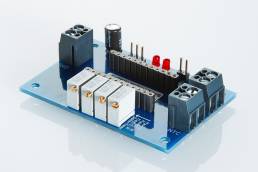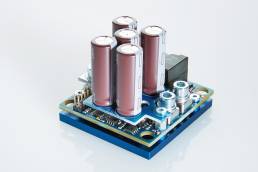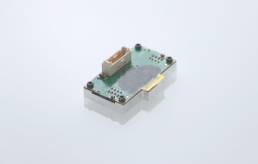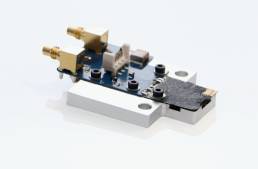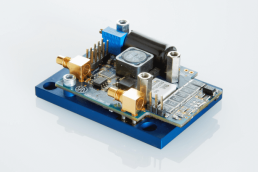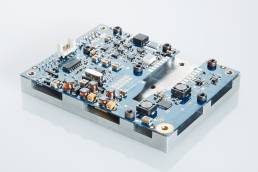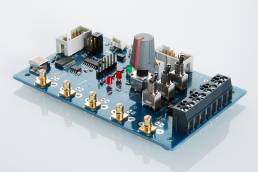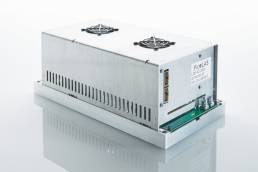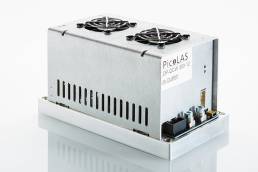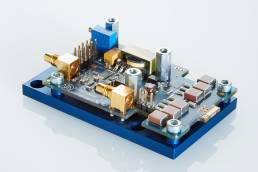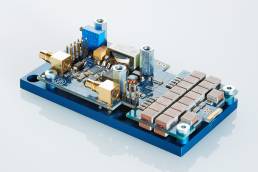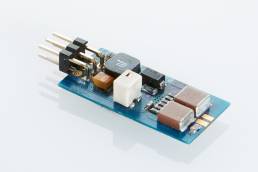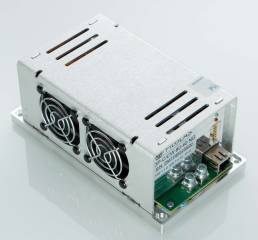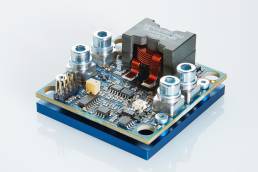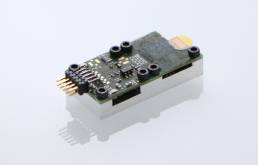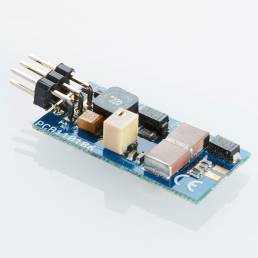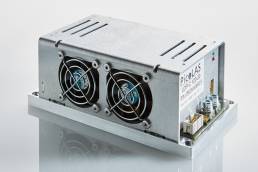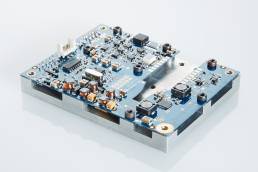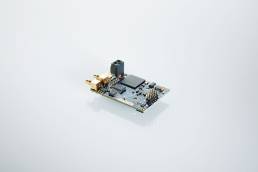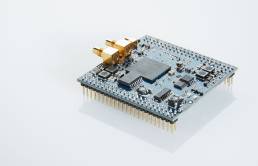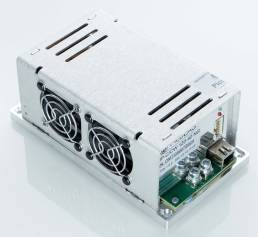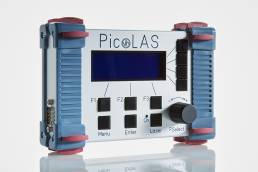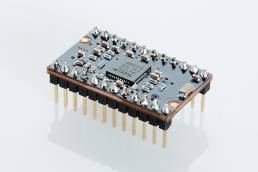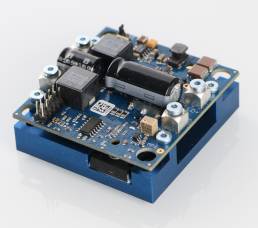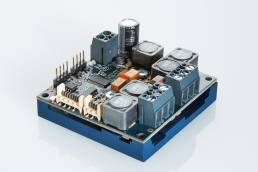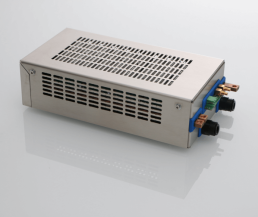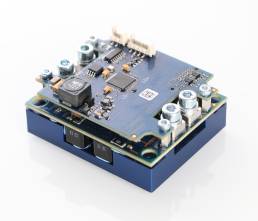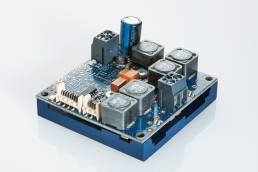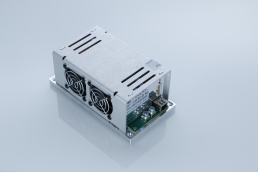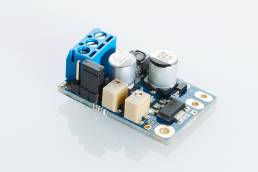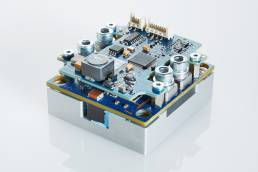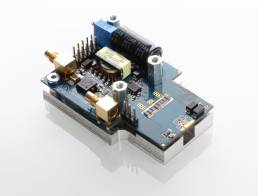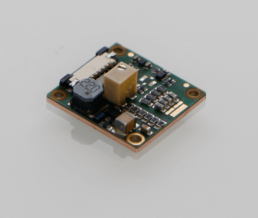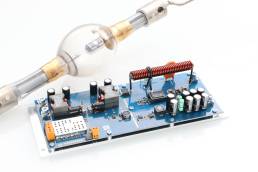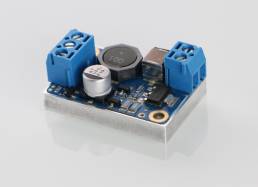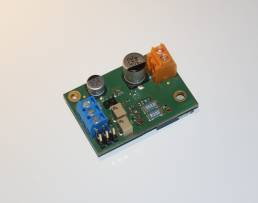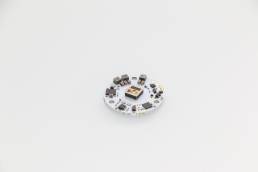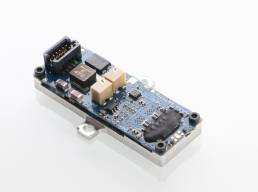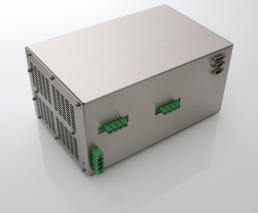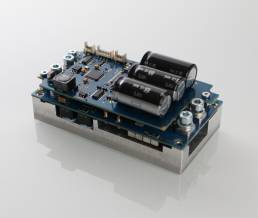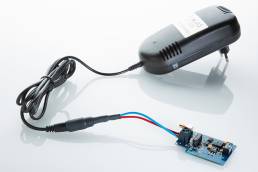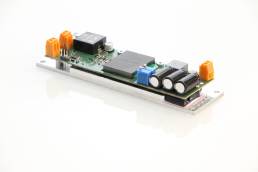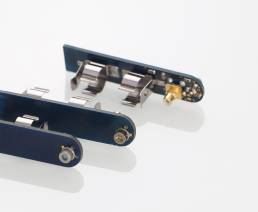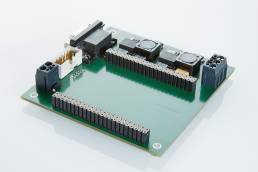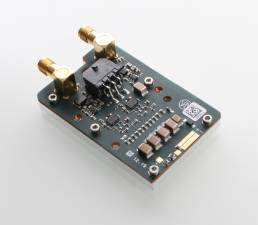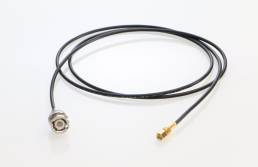FAQ | Application notes
Do you have any questions about our products? Here at the FAQ you will probably find an answer. We have a collection of frequently asked questions and answers where your question may also be included. So you find an answer quickly. Here we have also listed application notes. These have been created by us and contain important information for the use of our products.
And if you do not find a solution here or the answers do not help, we are happy to answer your questions. Just contact us.
Here you will find all previous contributions that can help you.
Post
Application Note: LDP-V xx-100 with the PLCS-21 and PLB-21
Application Note: LDP-V xx-100 with the PLCS-21 and PLB-21 Related products: LDP-V 03-100, LDP-V 50-100, LDP-V 80-100, LDP-V 240-100, PLCS-21, PLB-21, LDP-V Kit This application note describes briefly how to connect a PLB-21 via the PLCS-21 to the…
29. May 2023Application NoteLDP-V,PLB-21,PLCS-21,Adjustment,Setup,Short pulse driver
Post
Application Note: Laserdiode-Connections
Application Note: Laserdiode-Connections Related Products: All PicoLAS short pulse driver The connection of the laser diode to any of the PicoLAS short pulse drivers is very critical. A wrong connection, the wrong decision about the connection…
29. May 2023Application NoteSetup,Output current,Laserdiodes,Optimization,Short pulse driver
Post
Application Note: Impedance of Laser Diodes and inductive behaviour
Impedance of Laser DiodesInductive behaviourRelated Products: LDP-AV, LDP-V, LDP-CL The parasitic stray inductive behaviour is the most important influence on the pulse rise time. The output voltage of the driver must be able to charge the…
29. May 2023Application NoteCalculation,LDP-CL,Laserdiodes,LDP-AV,LDP-V
Post
Why does my LDP-C/CW 18/40/50-05 driver does not reach the full current of my external applied setpoint?
Why does my LDP-C/CW 18/40/50-05 driver does not reach the full current of my external applied setpoint? This driver series features a potentiometer which can be used to limit the maximum current in order to protect the laser diode. Please refer…
29. May 2023FAQAdjustment,LDP-CW,Calibration,LDP-C,full current
Post
Why is does the current deviate from my set current after a calibration with a PLCS-21 and a compatible LDP-V driver?
Why is does the current deviate from my set current after a calibration with a PLCS-21 and a compatible LDP-V driver? The calibration process is carried out by ramping up the high voltage (HV) from the user definied minimum value to the maximum…
29. May 2023FAQPulse generator,Calibration,Short pulse driver,PLCS-21,LDP-V
Post
Can I use a PLCS-21 pulse generator for a driver with an analog signal input such as a LDP-VRM 01-12 CA?
Can I use a PLCS-21 pulse generator for a driver with an analog signal input such as a LDP-VRM 01-12 CA? The PLCS-21 is a digital pulse generator and only generates a 5 V high signal apart from its 0 V low state. Thus, the PLCS-21 is not suitable…
29. May 2023FAQPulse generator,PLCS-21,Function generator,Analog control
Post
My PicoLAS short pulse driver (e.g. from the LDP-V series) does not generate any output when I send a trigger signal. What should I check? What should I check?
My PicoLAS short pulse driver (e.g. from the LDP-V series) does not generate any output when I send a trigger signal. What should I check? Please follow the “How get started guide” in the manual. If not stated differently, please always start with…
29. May 2023FAQOutput current,Trigger-signal,Short pulse driver,Function generator
Here you will find articles with frequently asked questions and the answers to them.
Post
Why does my LDP-C/CW 18/40/50-05 driver does not reach the full current of my external applied setpoint?
Why does my LDP-C/CW 18/40/50-05 driver does not reach the full current of my external applied setpoint? This driver series features a potentiometer which can be used to limit the maximum current in order to protect the laser diode. Please refer…
29. May 2023FAQAdjustment,LDP-CW,Calibration,LDP-C,full current
Post
Why is does the current deviate from my set current after a calibration with a PLCS-21 and a compatible LDP-V driver?
Why is does the current deviate from my set current after a calibration with a PLCS-21 and a compatible LDP-V driver? The calibration process is carried out by ramping up the high voltage (HV) from the user definied minimum value to the maximum…
29. May 2023FAQPulse generator,Calibration,Short pulse driver,PLCS-21,LDP-V
Post
Can I use a PLCS-21 pulse generator for a driver with an analog signal input such as a LDP-VRM 01-12 CA?
Can I use a PLCS-21 pulse generator for a driver with an analog signal input such as a LDP-VRM 01-12 CA? The PLCS-21 is a digital pulse generator and only generates a 5 V high signal apart from its 0 V low state. Thus, the PLCS-21 is not suitable…
29. May 2023FAQPulse generator,PLCS-21,Function generator,Analog control
Post
My PicoLAS short pulse driver (e.g. from the LDP-V series) does not generate any output when I send a trigger signal. What should I check? What should I check?
My PicoLAS short pulse driver (e.g. from the LDP-V series) does not generate any output when I send a trigger signal. What should I check? Please follow the “How get started guide” in the manual. If not stated differently, please always start with…
29. May 2023FAQOutput current,Trigger-signal,Short pulse driver,Function generator
In the application notes you will find contributions from us that contain useful information about our products.
Post
Application Note: LDP-V xx-100 with the PLCS-21 and PLB-21
Application Note: LDP-V xx-100 with the PLCS-21 and PLB-21 Related products: LDP-V 03-100, LDP-V 50-100, LDP-V 80-100, LDP-V 240-100, PLCS-21, PLB-21, LDP-V Kit This application note describes briefly how to connect a PLB-21 via the PLCS-21 to the…
29. May 2023Application NoteLDP-V,PLB-21,PLCS-21,Adjustment,Setup,Short pulse driver
Post
Application Note: Laserdiode-Connections
Application Note: Laserdiode-Connections Related Products: All PicoLAS short pulse driver The connection of the laser diode to any of the PicoLAS short pulse drivers is very critical. A wrong connection, the wrong decision about the connection…
29. May 2023Application NoteSetup,Output current,Laserdiodes,Optimization,Short pulse driver
Post
Application Note: Impedance of Laser Diodes and inductive behaviour
Impedance of Laser DiodesInductive behaviourRelated Products: LDP-AV, LDP-V, LDP-CL The parasitic stray inductive behaviour is the most important influence on the pulse rise time. The output voltage of the driver must be able to charge the…
29. May 2023Application NoteCalculation,LDP-CL,Laserdiodes,LDP-AV,LDP-V
